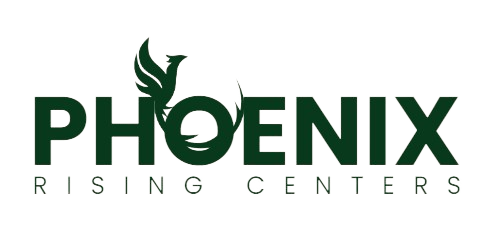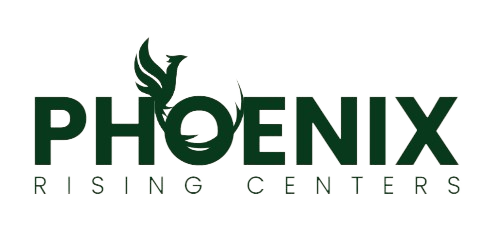The Silent Burnout Epidemic: How to Recognize and Address It in Your Workplace
Burnout doesn’t always arrive with flashing warning signs. More often, it creeps in quietly—masked by productivity, camouflaged as “dedication,” and misunderstood as “just being tired.” In today’s always-on, high-expectation work culture, burnout is not just a personal issue. It’s a workplace epidemic—and it’s silently spreading.
Burnout Isn’t Just Stress—It’s a Crisis
The World Health Organization classifies burnout as an “occupational phenomenon,” characterized by:
Emotional exhaustion
Depersonalization or cynicism
Reduced sense of accomplishment
Burnout isn’t laziness or weakness—it’s a response to prolonged, unmanageable stress. And the longer it goes unnoticed, the more damaging it becomes to both employees and organizations.
Why It’s Hard to Spot
Many employees don’t speak up about burnout until it’s too late. They fear being seen as unmotivated or incapable, especially in fast-paced or competitive work environments. Instead, they:
Keep working longer hours
Turn off cameras in meetings
Withdraw socially
Deliver on deadlines—but with declining engagement
It’s happening silently, behind the scenes—especially in remote and hybrid settings.
How Remote & Hybrid Work Fuels Burnout
While flexible work models offer many benefits, they can also blur the lines between work and rest. Common contributors to remote burnout include:
Lack of boundaries (working during evenings or weekends)
Isolation and lack of team connection
“Always available” culture driven by messaging apps and emails
Fewer cues to log off or take breaks
Ironically, the flexibility that’s supposed to support well-being can turn into 24/7 availability if left unchecked.
Subtle Signs of Burnout in Your Team
As a leader or HR professional, look for these red flags:
Increasing mistakes or missed deadlines
Employees becoming withdrawn or quiet in meetings
Chronic fatigue or low energy (even after time off)
Declining enthusiasm for tasks they once enjoyed
Cynical or indifferent attitudes toward work
These may seem minor at first—but together, they paint a larger picture.
What Companies Can Do: Proactive Strategies
Burnout is preventable. But it takes intentional culture shifts, not just wellness posters or quick fixes. Here’s how to start:
1. Normalize Mental Health Days
Create a culture where taking a break is celebrated, not questioned. Offer dedicated mental health or self-care days in addition to PTO.
💬 Tip: Encourage managers to lead by example and take time off themselves.
2. Reassess Workload & Role Clarity
Regularly check in on employees' task loads. Misaligned expectations or unclear roles can quickly lead to overwhelm.
📈 Action: Conduct quarterly workload audits and ask: “Is this sustainable?”
3. Implement No-Meeting Days or Focus Hours
Too many back-to-back meetings can drain creativity and mental stamina. Give your team protected time to work without interruptions.
🧠 Try this: Designate one day per week as a meeting-free zone.
4. Train Managers in Mental Health Awareness
Your leadership team sets the tone. Equip them to recognize signs of burnout and respond with empathy—not pressure.
🧰 Resources: Offer manager training on emotional intelligence, active listening, and how to support struggling team members.
5. Foster a Culture of Rest, Not Hustle
Reevaluate how you define success. Are employees praised only for late nights and fast results—or also for sustainable, thoughtful work?
🌿 Culture shift: Celebrate boundaries and promote rest as a path to long-term performance.
Burnout Recovery Starts With Belief
The belief that “good employees push through exhaustion” is outdated and dangerous. The future of work depends on restorative leadership, flexible cultures, and environments that protect—not deplete—human potential.
Recognizing burnout isn’t a sign of failure—it’s a sign of awareness. And taking action isn’t just good for your people—it’s smart for your business.
Let’s make wellness the norm, not the exception.
Want to know how your team is really doing?
Start by asking this simple question in your next 1:1:
👉 “What’s one thing we could change to make your workweek feel more manageable?”
You might be surprised by what they share.


